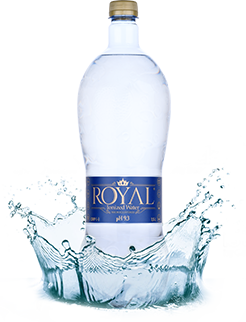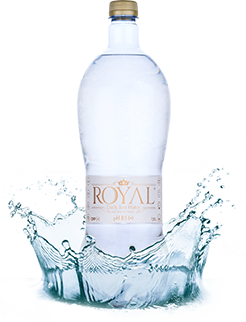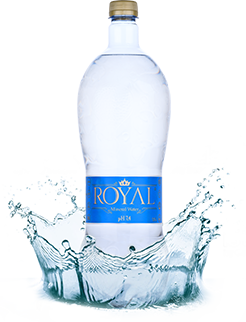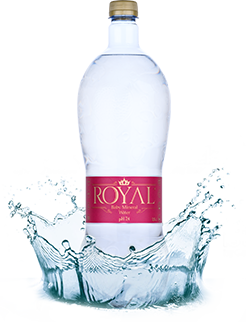OUR STORY
Home / Our Story
Royal Water origin and development– alkaline ionised water
WATER QUALITY
The basic quality of water plays the most important factor in “refining” water.
Based on chemical and microbiological analyses of water, we can obtain from the natural spring Royal mineral water of excellent quality, which already rises in purity, which meets the strict criteria of children’s water. The water is free of manganese, iron, fluoride, and has a low salt content. It doesn’t burden and clogs the body with excess inorganic minerals. Thanks to its low mineralisation, it’s suitable for regular daily consumption. It’s slightly alkaline on the base, containing suitable calcium to magnesium ratio and also containing beneficial silicic acid. The water has an excellent COD (chemical oxidation index). The source is uncontaminated, and recent research shows that it hasn’t come into contact with external factors for at least 65 years. In innovative conditions with state-of-the-art technology, we’ve decided to use this excellent base of water source for the production of ionised alkaline water.
Basic composition of natural mineral spring
| Calcium: | 92 mg/l |
| Magnesium: | 38.5 mg/l |
| Sodium: | 5.1 mg/l |
| Potassium: | 1.39 mg/l |
| Hydrogen carbonate: | 427 mg/l |
| Silicic acid: | 24 mg/l |
| pH value: | 7.4 |
pH intensity calibration
Prolonged experiments were necessary to achieve the correct pH. This is because different types of ionisation with different intensities are required to produce a certain level of alkalinity, as the mineral content and conductivity of the treated waters are different in each part of the world. If we wanted to ensure the most efficient way of ionising the water obtained from our source, we had to start fine-tuning the ionisation equipment for our water before bottling and packaging it.
Improved stability
It was not enough to ensure only the right level of ionisation intensity to produce high-quality ionised alkaline water. We also had to ensure that the required pH value retains its alkalinity long after being placed on store’ shelves. For this reason, we had to look for possibilities of prior water treatment. Since it was necessary to achieve long-lasting quality, we had to interfere with the mineral content of the water drawn from the source or its level of conductivity.
Daily water sampling and laboratory testing
Samples were taken every day from water drawn from the source, as well as from water already packed in bottles, and checked in the laboratory. Following quality control, it was necessary to take a sample from the produced and packed water every hour and check its chemical and microbiological composition.
Water quality control
Based on the internal quality control system, we were constantly removing bottles at random from the production line and the packaged test production pallets. Selected bottles were subjected to so-called stress testing or extreme environmental conditions, such as heat, cold, sunlight, or continuous vibration), and we were checking for changes in product quality due to such effects. In addition, as part of the testing, we periodically took away several bottles from the trial production in each period, which we checked at certain intervals after several months have passed. The aim was to determine whether the composition and pH of our water had changed after a more extended period of time.
Packaging quality control
A separate task was also to check packaging, labelling, and proper closure of lids. We tested the hygiene of the products for contamination and whether it affected the quality of the ionised alkalinity. If necessary, we used recommendations to fix the issues we identified.
Environmental sustainability
Numerous developments were necessary to develop and maintain environmentally friendly production. One of the basic pillars was to reduce the packaging weight because in that way we can achieve a lower environmental load. The package includes the bottle weight, lid size, the amount of shrink, and stretch plastic film used. The bottle operator’s task was to find the bottle settings and shapes that can be used to achieve better, and lower weight bottles. We engaged the bottle operators in the research, whereby we examined the possibility of introducing smaller lids with a lower weight, or more precisely, the requirements that such an introduction would impose on water quality and use. To select packaging plastic films and coordinate possible developments, we asked a colleague with practical experience in packing consumer products. In this area, we were looking for solutions that would allow the use of packaging made from recycled plastics. In addition to environmentally friendly operation, this can be beneficial on many levels, for example, in protecting the water from sunlight, thereby maintaining product quality. We tested recycled plastics with regard to plastic films and also PET bottles and labels. The authorised colleague helped us find available resources and shared his opinion on the experience gained during the trial production. The water is filled using top German equipment from the Krones brand into BPA free bottles of Belgian Resilux brand, using top German equipment from Krones.
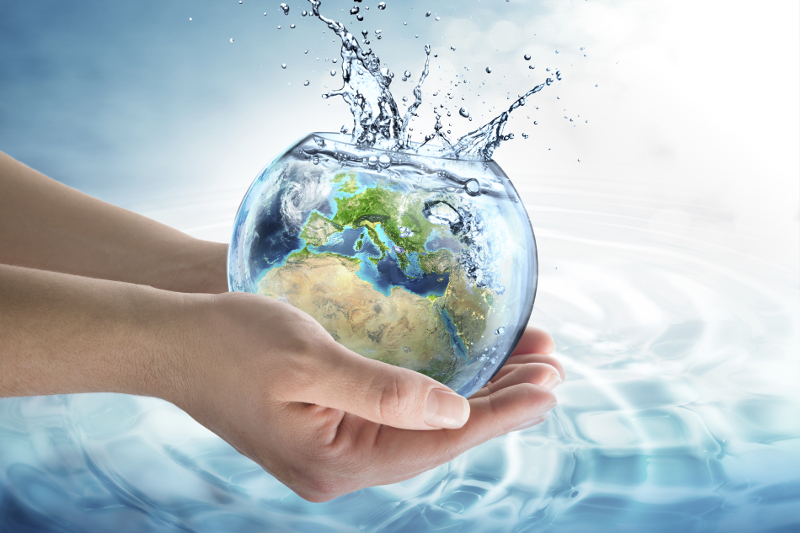
After complete testing and lengthy work, we’ve stabilised and manufactured our ionised alkaline ROYAL WATER in absolute top quality and purity while maintaining all its health benefits for humans.



